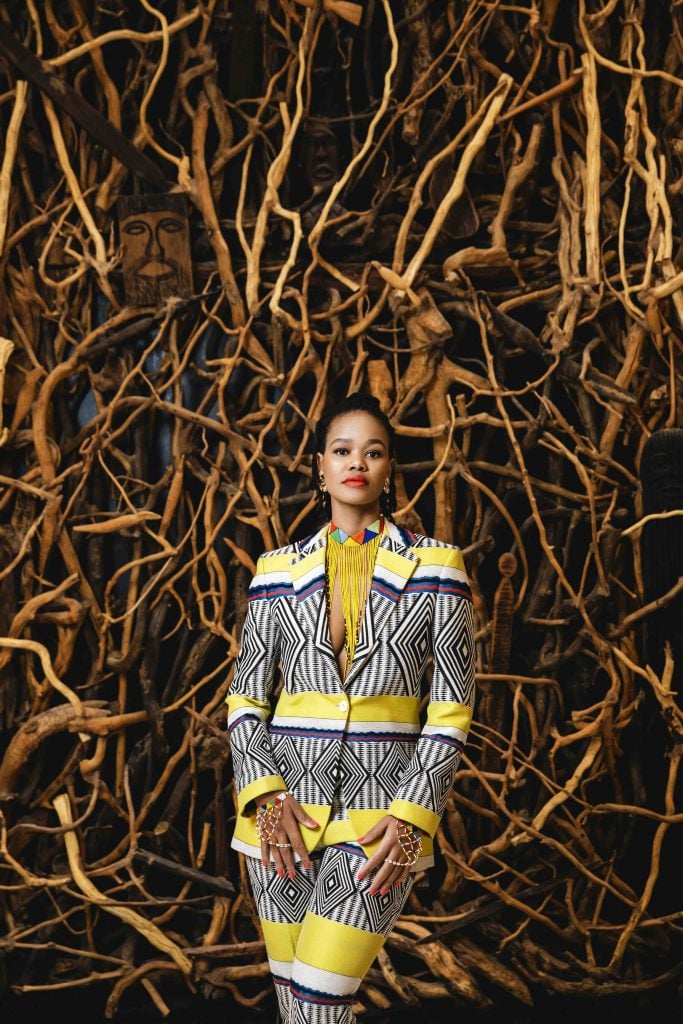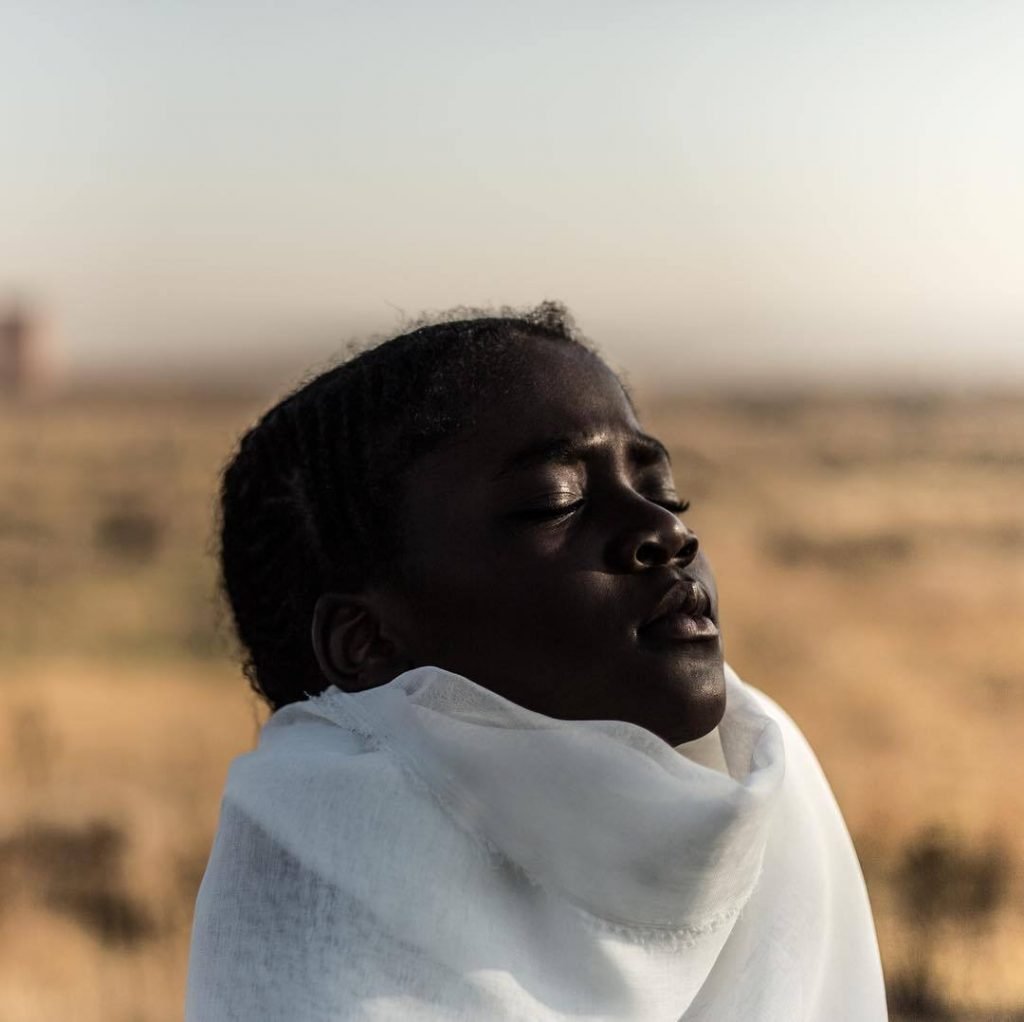Galleries
Meet Thandi Sibisi, the Pioneering Black South African Gallerist Who Is Determined to Draw in a New Kind of Art Collector
Thandi Sibisi is hoping to draw in new collectors by offering works at relatively modest prices.

Thandi Sibisi is hoping to draw in new collectors by offering works at relatively modest prices.

When art dealer Thandi Sibisi opened her gallery in 2012, it was the first in South Africa to be entirely owned by a Black woman.
But spiraling overheads soon forced her to close the space, and disputes with artists, in which Sibisi was accused of not paying them after selling their works, and of ignoring phone calls and messages, tarred her reputation. (Sibisi says the artists wanted payment right after their works were sold, but that her consignment agreements with them stipulated that she had extended time to pay them.)
Eight years on, the dealer is poised to reopen Sibisi Gallery in Johannesburg, hoping to build a new art market centered on the country’s rising crop of millionaires.
Sibisi’s focus is African art, and she hopes to see a new tide of Black collectors enter the existing—majority white—landscape.
“For me, entering the arts industry was driven by my childhood, and African art is what I connect to,” Sibisi tells Artnet news. Born into Zulu culture, Sibisi has always prized traditional African arts, but she says she sacrificed her passion with her first gallery to get a seat at the table in a market that did not take mastery art seriously as fine art.
But this time, she is determined to do things her way.

Justice Mukheli, Rushi (2017). Photo by Artist, courtesy of Sibisi Gallery.
Sibisi got her start in the industry after moving to Johannesburg when she was 17 and becoming homesick for the culture of her rural hometown.
“What I found was a world that was rapidly globalizing,” Sibisi says. “I felt like there was a crisis and I needed to do something about it. The world was forgetting about our cultures.”
After dropping out of college, she decided to open the first Sibisi Gallery when she was just 25 years old.
“I’m an African, and I feel like especially because in South Africa there aren’t a lot of Black people in the industry, the worst thing that I could do is not do what I feel like I’m called to do,” Sibisi says. “Because if I don’t do it, who else is going to do it? I closed my gallery years ago, and still, there aren’t any new galleries opening.” (Among the other Black-owned galleries in Johannesburg is Gallery MOMO, which opened in 2003. The FNB Art Joburg fair, owned by Mandla Sibeko, is also a Black-owned enterprise.)
Sibisi enjoys working with emerging artists, including rising star Johannesburg-based sculptor Nkhensani Rihlampfu, whose rope sculptures range in price from around R40,000 ($2,400) to R650,000 ($40,000). But the new gallery will embrace all kinds of African art, including classical African art and mastery art, as well as modern and contemporary works.
Showcasing a wide range of African art is a two-fold strategy that Sibisi hopes will recenter the importance of traditional arts as well as draw in a new crowd of buyers with relatively modest price points.

Nkhensani Rihlampfu, Black is Gold (2020). Photo by Manyatsa Monyamane.
“Over the past three years, I have found that buyers will come for a small piece, and then they fall in love with art and before you know it, they are buying the most expensive piece that you have and supporting young artists,” Sibisi says.
When she first opened her gallery, she found that 80 percent of her clients were seasoned white collectors, which is something she wants to change.
“I want to create a new art market,” Sibisi says. “In South Africa currently, there is a new breed of high-net-worth individuals, many of whom are Black, that are coming up.”
It was only after she closed her original gallery space that she started to get phone calls from these emerging collectors looking for advice on how to start a collection. Many of them told her how they had previously been intimidated by the existing gallery structures.
It became clear to her that her new gallery should be positioned towards that new crop of entry-level collectors, so she has decided to situate herself in the center of Johannesburg’s financial district.
The space is located in a newly finished 55-story building called the Leonardo, the tallest building in Africa and just a stone’s throw away from the Johannesburg stock exchange.
The new gallery was slated to open on May 1, but has since been postponed to a yet-to-be-determined date. In the meantime, Sibisi is working on developing the gallery’s online presence, which she sees as another way of drawing buyers who might be intimidated by the physical gallery space.
Correction, 7/29: An earlier version of this article stated that there was only one other Black-owned gallery in Johannesburg. In fact, there are several. The article also neglected to mention controversies surrounding Sibisi’s alleged non-payment to artists who exhibited with her first art gallery.